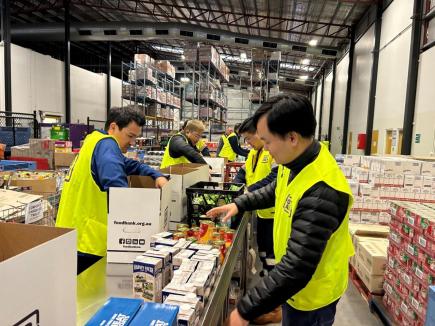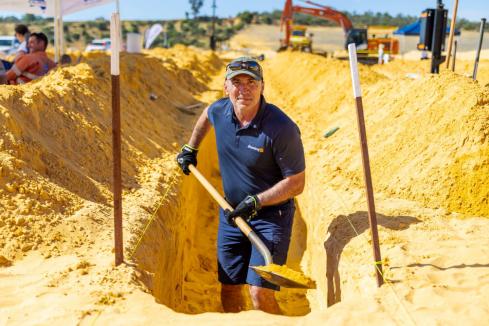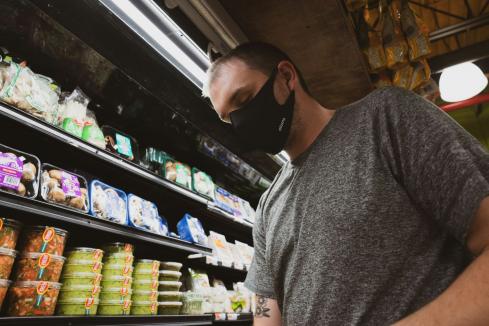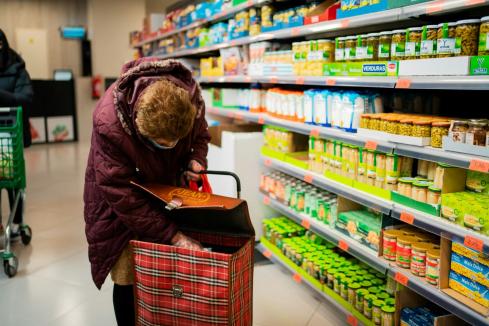With a tightening rental market and increasing housing unaffordability, Perth is standing out as one of the toughest cities in the world to find a rental.

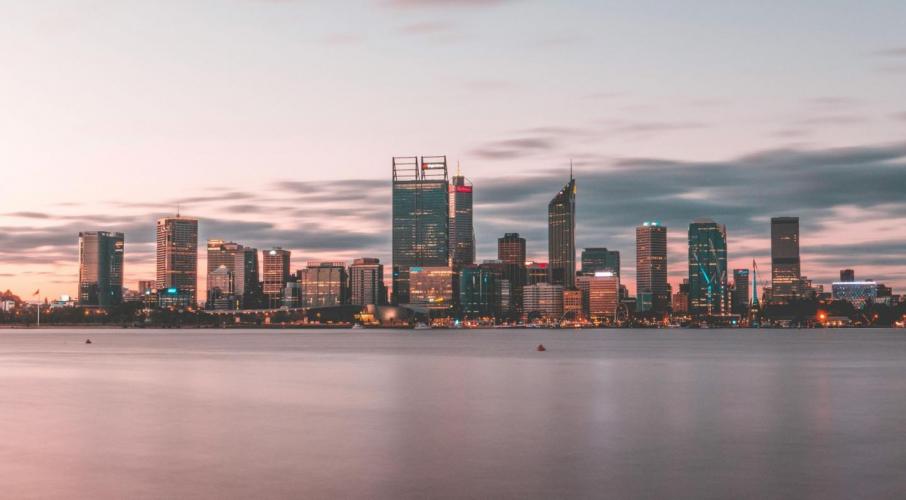
With a tightening rental market and increasing housing unaffordability, Perth is standing out as one of the toughest cities in the world to find a rental, according to recent CoreLogic data.
Data compiled in June by CoreLogic and others shows Perth’s rental vacancy rate is tighter than other major cities around the globe – including Sydney, Paris, London, New York, and Berlin.
The independent data showed Perth has a rental vacancy rate of 0.4 per cent, Berlin a rate of 0.8 per cent, Sydney 1.2 per cent, Toronto 1.7 per cent, and Auckland 2.8 per cent.
“It’s no surprise to us that Perth has one of the tightest rental markets in the world,” Anglicare WA CEO Mark Glasson told Business News.
"It’s the figure that underpins the grim reality of trying to find a rental property in this state.
“This new data highlights a story we’ve been seeing across our services, and through our annual Rental Affordability Snapshot, since the early days of the pandemic.”
Housing is the biggest living cost facing households, with average rents rising by more than 50 per cent since 2020.
Anglicare’s Rental Affordability Snapshot, which tested more than 45,000 rental listings in March across Australia to find what is affordable for low-income earners across the nation, showed that rental affordability in Australia is as bad as it has ever been.
The report recorded the lowest number of affordable rentals across the country this year and found that housing availability has not recovered since the start of the COVID pandemic, with average rent $200 a week higher than pre-pandemic levels.
There were 2,989 available private rentals listed across WA when the 2024 Snapshot was taken in March. While this was an increase of 77 properties since the same time last year (2,912), there are 59 per cent fewer properties than were available at the start of the pandemic in March 2020 (7,256).
Several years of declining availability combined with persistently high interest rates has led to another double-digit escalation in median rents since the 2023 Snapshot: 16 per cent across WA and in the Perth metro ($650pw from $560pw), 19 per cent in the South West and Great Southern ($620pw from $520pw), and 13 per cent in the North West ($850pw from $750pw).
The report showed there is not a single property or room in a shared house across Western Australia that's affordable for someone on JobSeeker or youth allowance.
“For those fortunate enough to find a home, they will be forced to choose between putting food on the table and staying warm this winter or keeping a roof over their head,” the report stated.
“There’s no excuse for it here in WA. We are the richest state in one of the richest countries in the world,” Mr Glasson said.
"It’s time to ensure people have access to safe, secure, and healthy homes that are affordable to rent for people on low incomes."
He said Anglicare would like to see an increase in the JobSeeker rate and other payments above the poverty line alongside increasing Commonwealth Rent Assistance.
The charity also supports reinstating the National Rental Affordability Scheme (NRAS), or a state-based equivalent, where landlords are guaranteed rent for the long term when offering below market rent.
Mr Glasson said he would like to see the state and federal governments increase their recent investment to build and buy more social housing.
“The proposal to use our windfall state budget surplus to create a Housing Australia Future Fund would support this,” he said.
“Reform tax and other incentives for landlords and build-to-rent developers to increase supply could also help.”
The government has set a target of building 1.2 million new homes by 2029 and has set up a $10 billion Housing Australia Future Fund (HAFF) expected to help build 30,000 new social and affordable rental properties, and a $2 billion Social Housing Accelerator for around 4,000 new social homes.
Foodbank WA CEO Kate O’Hara said the food relief charity is seeing that more people are paying larger amounts of their income on rent which limits their disposable income and also impacts their ability to pay for basics including putting food on the table.
“Unfortunately, food is seen as a discretionary spend against fixed costs of housing, utilities and other bills. This is driving more Western Australians to seek help from Foodbank,” Ms O’Hara said.
“Choosing between rent and groceries is an ultimatum that shouldn’t be happening in a country with enough food to feed its entire populations three times over.”
The recent Foodbank Hunger Report 2023 identified that of those in food stress 49 per cent were renting. “Rents have increased significantly since that survey,” Ms O’Hara added.







